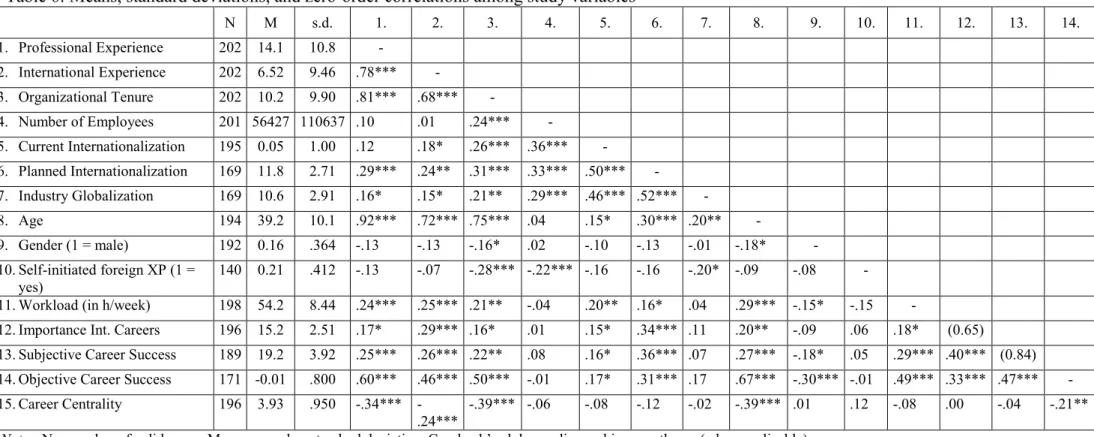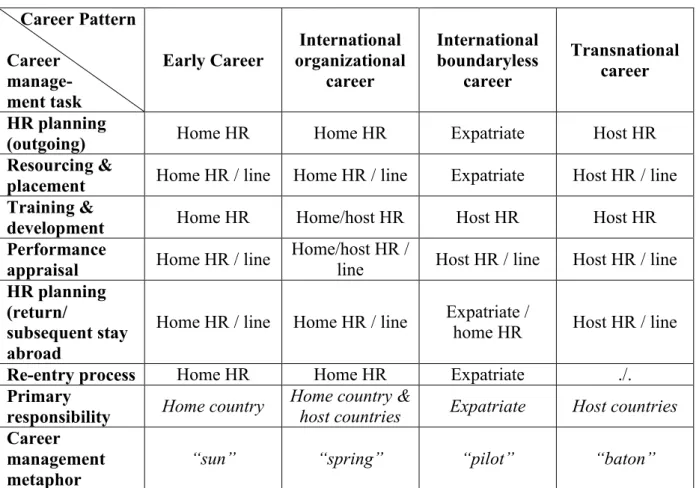Please do not cite this paper, but the following publication:
Volltext
Abbildung




ÄHNLICHE DOKUMENTE
strength of this scholarship is that it has brought together scholars who have different perspectives - some emphasizing the role of power, others accentuating interests, and a
1. The firmware must recognize and decode the input SelBUS transfer that has occurred. If the input transfer requested Con- troller or Peripheral Device status,
The reduction of aid for development and security, anti-Americanism and the failure to reach a settlement with the Taliban, and significant concessions on
35 Consequently, the commission held that in the absence of concrete evidence of violations of human rights to the point that the territorial integrity of Zaire should be
This way of proceeding can bring out correlations, such as the link between low employment rate of seniors with bad working conditions, reduction in working hours to maintain
2 Active Labour Market Programmes (ALMP) contains all social expenditure (other than education) which is aimed at the improvement of the beneficiaries’ prospect of finding
Table 3 The effects of density and variety of nonprofit organizations on per capita donations The second line analyzes if the distributions of the donations to each organization in
The paper (1) shows that the claim to collective self-determination constitutes a common normative denominator between contemporary opponents and sup- porters of democracy


